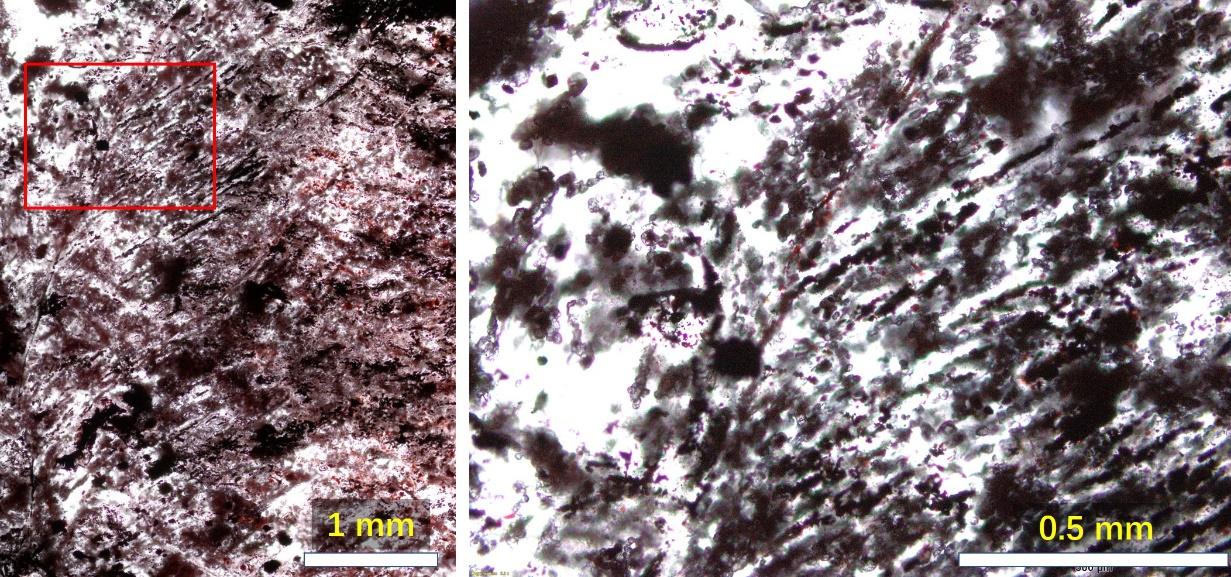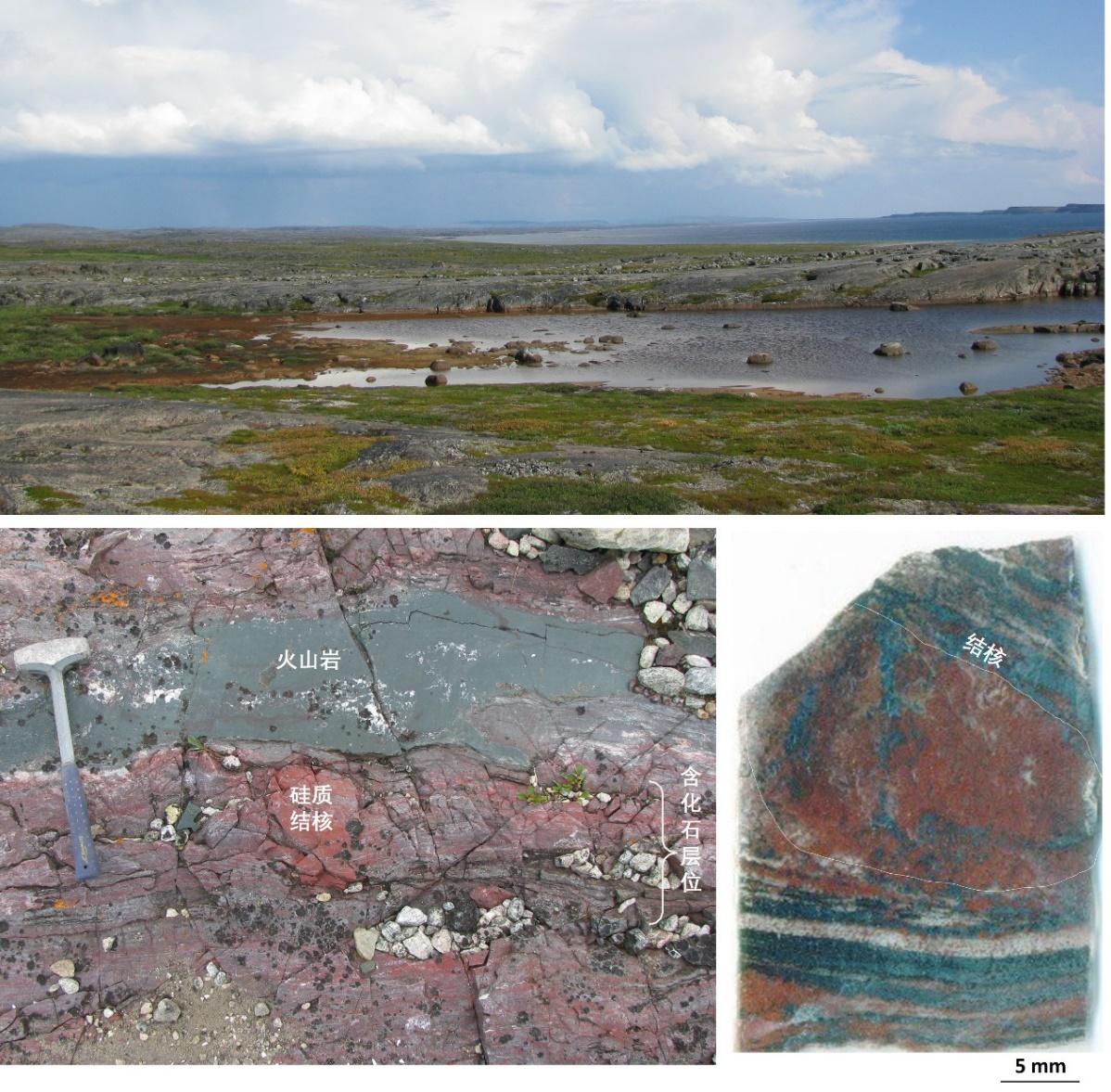Recently, a new research by Dominic Papineau, the leading talent of CUG, Professor She Zhenbing and Professor Matthew Dodd, jointly with a number of research institutions, shows that there were diverse microbial life activities on the earth at least 3.75 billion years ago. This study challenges the traditional understanding on the origin time of life on the Earth, and relevant results were published in Science Advances.
The oldest putative fossils occur as hematite filaments and tubes in jasper-carbonate banded iron formations from the 4280- to 3750-Ma Nuvvuagittuq Supracrustal Belt, Québec. If biological in origin, these filaments might have affinities with modern descendants; however, if abiotic, they could indicate complex prebiotic forms on early Earth. Here, we report images of centimeter-size, autochthonous hematite filaments that are pectinate-branching, parallel-aligned, undulated, and containing Fe2+-oxides. These microstructures are considered microfossils because of their mineral associations and resemblance to younger microfossils, modern Fe-bacteria from hydrothermal environments, and the experimental products of heated Fe-oxidizing bacteria. Additional clusters of irregular hematite ellipsoids could reflect abiotic processes of silicification, producing similar structures and thus yielding an uncertain origin. Millimeter-sized chalcopyrite grains within the jasper-carbonate rocks have 34S- and 33S-enrichments consistent with microbial S-disproportionation and an O2-poor atmosphere. Collectively, the observations suggest a diverse microbial ecosystem on the primordial Earth that may be common on other planetary bodies, including Mars.

Fig. 1. Hematite filaments and spheroids in NSB jasper-carbonate BIF.
A. Transmitted light image of a bundles of pectinate-branching hematite filaments with undulations and tubes and co-occurring clusters of irregular ellipsoids.
B. Cluster of irregular ellipsoids inside a coarse quartz granule rimmed by two undulated filaments (red arrows).

FIG. 2. Field landscape of NSB supracrustal rocks in Quebec, Canada (above), fossil bearing iron rocks (lower left) and their slices (lower right)

FIG. 3. Focused ion beam of fossil structure: the picture scanned by the electronic microscope
Institutions involved in this research include: China University of Geosciences (Wuhan), University College London (UCL), London Center of Nanotechnology (LCN), US Geological Survey,Memorial University of Newfoundland, Carnegie Institution and University of Leeds, etc.
The research was funded by China University of Geosciences (Wuhan), the National Natural Science Foundation (China), the strategic leading science and technology project of the Chinese Academy of Sciences, the innovation and talent introduction base of biogeology and environmental geology (111 plan), University College London, Carnegie Mellon University and the Carnegie Institution of Canada.
Link to the paper: https://www.science.org/doi/10.1126/sciadv.abm2296